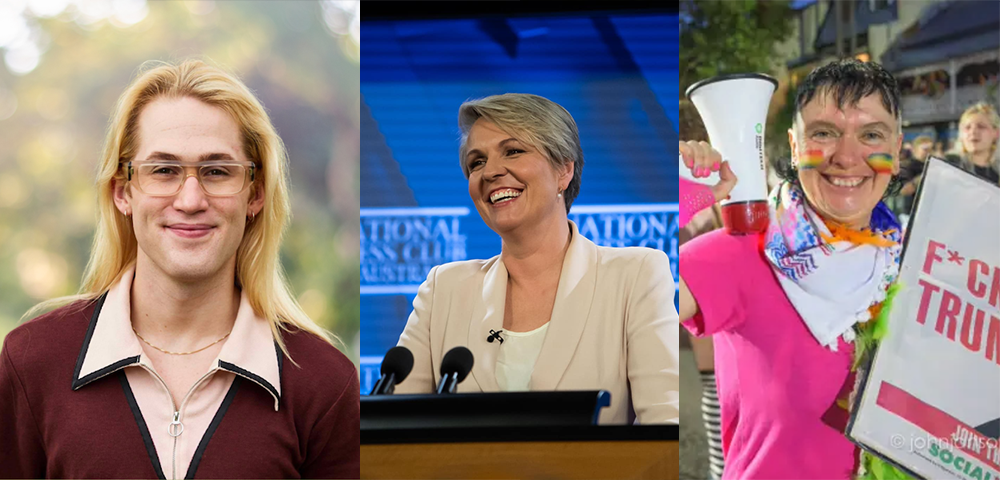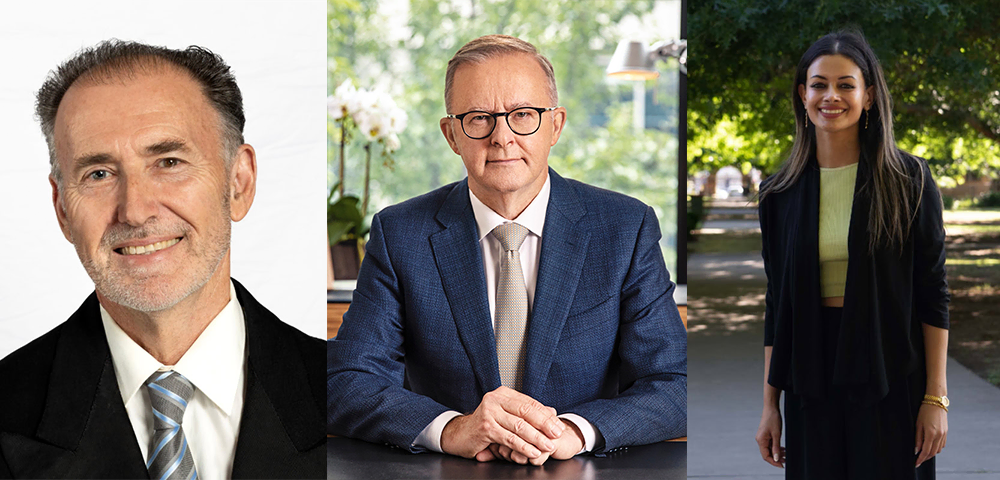
Oxford St’s identity crisis
Few streets are as famous as Oxford Street. It’s internationally famous for being one of the world’s more prominent and colourful gay districts, and as the place through which Mardi Gras proudly marches each year.
However, as Sydneysiders are now all too well familiar, Oxford Street has lost some of its shine. Not only are there fewer gay pubs and shops than there were ten years ago, but there’s also been a general decline in the strip’s appeal as a shopping destination, a growing sense of dirtiness, and a rise in the number of homophobic assaults. At present, around one in ten shopfronts in the Darlinghurst section of the street are vacant, and Oxford Street is fast becoming equated with a rowdy and tacky nightclub scene.
These problems have recently been given attention by the City of Sydney council. They want to improve the quality of the streetscape, attract more people to the area, reduce the incidence of anti-social behaviour and violence at night, and see the street regain its place as one of Sydney’s premier avenues.
Thus far, there are plans to regenerate three council owned buildings along the north side of the Darlinghurst end of the street and to open up Foley Street, creating a new centre for grocery and food outlets, increased retail space and possibly even a new hotel. The council has also commissioned a report, released in December, titled Oxford Street as a cultural precinct.
This report recommends transforming the area into a vibrant and popular cultural district where people can engage in a multitude of activities and interact with the streetscape environment. There are proposals to attract artists and cultural industries through new planning frameworks and subsidised rents, adding new galleries and theatres, offering support to certain businesses and producing more events and festivals.
This all sounds good, but will it be of much effect? Some of these strategies can’t be cheap, so will the gains outweigh the costs?
Even if Oxford Street became a thriving cultural precinct, what about its function as the spatial centre of gay and lesbian culture in Sydney? Historically, the area has been instrumental as a space for gay entertainment, socialising, business, politics and even survival. Consensus in the gay community, however, suggests that the street is fast losing this role, as more people shift to Newtown and elsewhere across the city. Reduced discrimination combined with a growing diversity of tastes amongst openly gay populations has facilitated this.
What, then, is Oxford Street to be? It seems the street is suffering from an identity crisis. Is it a premier shopping high street and aspiring artsy cultural precinct like it has been at various times in its long history, and as the council thinks it should be? Is it former classic Sydney thoroughfare that has succumbed to the way of the car? Or is it an entertainment destination and nightclubbing milieu? On top of all this, is the street gay, straight, or somewhere in between?
Firstly, the street’s retail industry has suffered in recent years. The Westfield at Bondi Junction made it hard to compete. Why should customers suffer a dirty, noisy, spread-out street with scant parking when there’s an air-conditioned retail megalith down the road? The place has become unattractive for many higher-end and specialised (including gay-oriented) retailers, and in their place have sprung up fast food outlets serving pubbers and clubbers, and discount junk stores filling the space. Then there’s the vacancies.
Secondly, Oxford Street is a major thoroughfare. It’s one of just two main surface roads connecting the CBD to the Eastern Suburbs. There are four-plus lanes of traffic that is either speeding along or hopelessly congested. All the noise and pollution make the street unappealing (and perhaps even deadly) to pedestrians. The council tried upgrading the footpaths in 2005, but to little avail.
Thirdly, Oxford Street is an entertainment hotspot. As gay-only clubs have become relatively less profitable than straight clubs in recent years, there has been an influx of the latter. These often have 24 hour licences or are large in size, producing a lot of noise and many boozed-up patrons. The clubs are often blamed on the rise in assaults in the area (which, according to the NSW Bureau of Crime Statistics, are mostly alcohol fuelled). If the council wants to improve the street, existing clubs and their liquor licences will be a formidable barrier to overcome.
Fourthly, as I’ve noted, Oxford Street is still the centre of gay Sydney, at least for the time being. The above features are continuing to challenge this at the same time as gay men and women lose interest in the area. The council have expressed a desire to maintain Oxford Street as a gay place, but will this have any effect? If there is a cultural revival, what if this reduces the number of gay people and community organisations in the area as they become priced out by wider market forces?
Very few precincts or high streets manage to perform all the things that Oxford Street aspires to be. Perhaps the council is right to focus on some form of cultural and retail regeneration to enliven the area. Anything that reduces violence and reduces the number of 24-hour pubs is probably a good thing. Yet whether the street can be reinvented as sometime vibrant or different in a way that makes it accessible to all is yet to be seen-”especially when there’s so much traffic.
Brad Ruting is in the School of Geosciences at the University of Sydney. Email br@student.usyd.edu.au.









